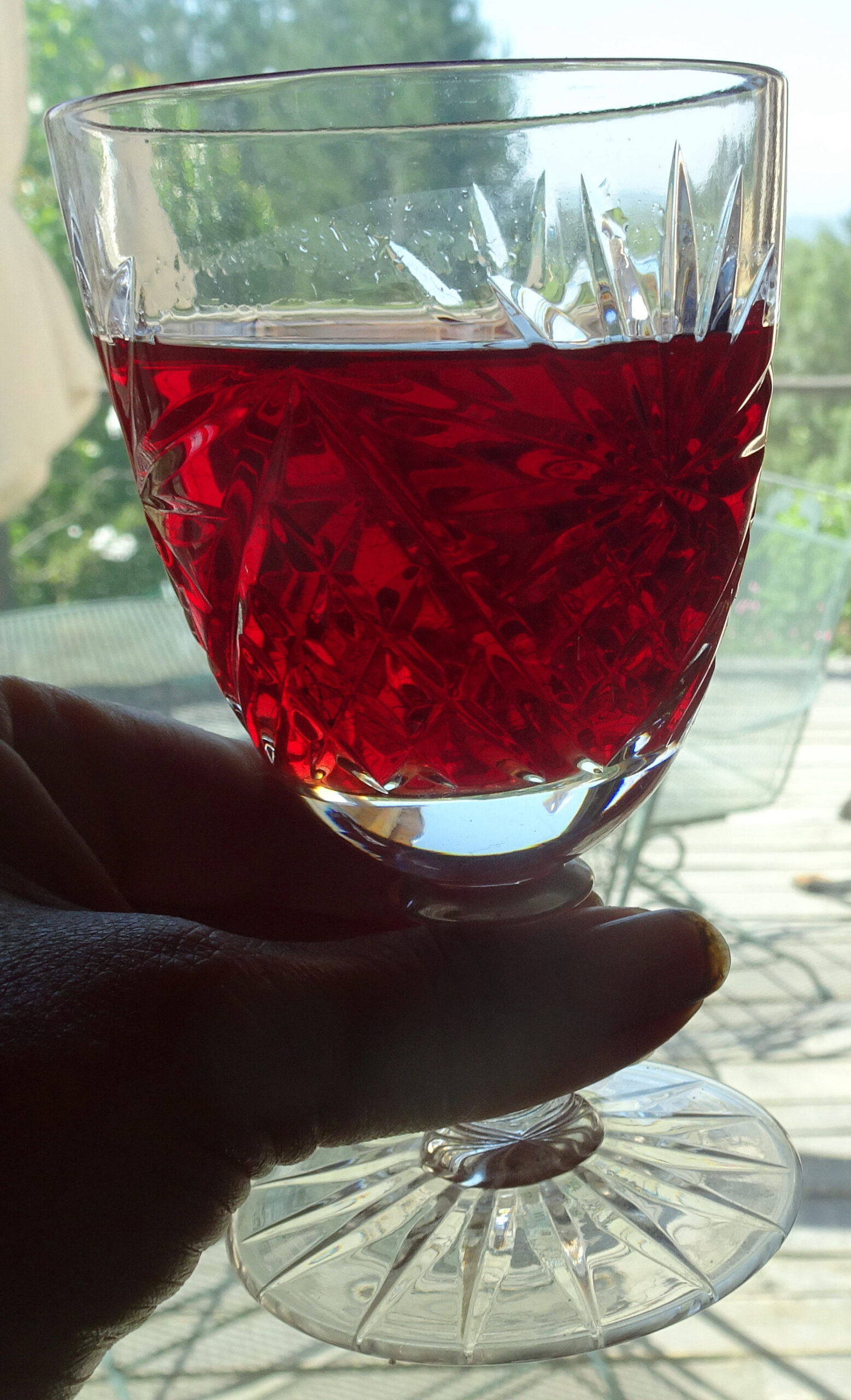St John’s Wort
St John’s Wort, Hypericum perforatum, is one of my favourite healing plants.
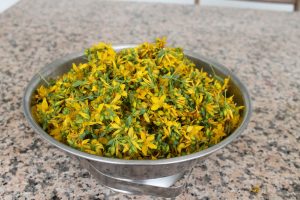
It grows all over around here, more abundantly each year. The healing plants are like that, the more they are appreciated, the more they grow. St Johns Wort is said to be named after St John, because it begins flowering on St John’s day, the 24th June. The bright yellow flowers look like the sun, star-shaped with stamens shooting out like tiny sun rays.
From Matthew Woods, The Earthwise Herbal
“It is best known as a first aid remedy for injuries to nerves—and is suited to injuries to parts rich in nerves (eye, fingertips, spine) where there are sharp, shooting pains, inflammation along nerves, acute sensitivity and pain, blood poisoning from injuries to fingers and toes (red stripes up the extremities), and clonic spasms and convulsions from inflamed nerves. Hypericum was considered a specific for tetanic convulsions in homeopathy
It is a fixture of Russian herbalism and medicine (which are not separate in that country). Russian indications are therefore extensive. It is considered to be a “liver remedy” and thus a “detoxifier.” We get some of these indications from Alma Hutchins and Fred Siciliano, OMD. The latter studied with Sydney Yudin, a Russian trained doctor of botanical medicine. Hypericum with Aloe powder (the purgative) is a deep detoxifier, according to Hutchins (1992, 258). Watch the urine: “Whole flakes of morbid matter are sometimes washed away with it.” St. John’s wort is particularly called for in cases where the innervations of the digestive tract, the autonomic, are weak and there is tension from a toxic liver—“liver overpowering the spleen” (Siciliano).
St. John’s wort and wood betony were the two most important remedies for psychiatric problems in the Middle Ages—what were then called the ill-effects of witchcraft and demons. Both plants strengthen the enteric brain, seat of the instincts, and it is in this manner that they “drive away evil influences”—the person gets stronger, so as not to fall under the domination of untoward people. Today, Hypericum is used for depression and anxiety. The exact mechanisms are uncertain, but it does not seem to be an MAO inhibitor.”
St John’s Wort for the nervous system
Many studies show that that the central nervous system is particularly affected by microwaves and ELF radiation, this map of EMF and the nervous system gives you a good overview of the issue and relevant studies. Many health practitioners who are not bought off by big pharma are now finding EMF pollution to be the root cause of all modern disease. It is impossible to escape EMF pollution and it has become a factor in our survival and transformation as a species, whether we like it or not. Anyone who wants to remain healthy for as long as possible needs to reduce their EMF exposure in any way they can. St John’s Wort has a special ability to support the nervous system and I find that a teaspoon of tincture through the winter months to be noticeably beneficial in maintaining calm alertness and mental clarity.
St John’s Wort is another healing plant that is associated with witchcraft. I think that its proven ability to support the nervous system has a lot to do with its reputation for scaring away evil spirits and demons. Anxiety make people susceptible to negative influence and the human imagination is good at creating demons.
St John’s Wort tincture
The tincture couldn’t be easier to make. Just gather the flowers and buds, not any that have turned brown, put them in a jar and fill it with 100 proof alcohol. I use the local moonshine, orujo, which my neighbour makes. It turns bright red almost immediately and I leave it in the sun for a few weeks and then filter out the flowers and throw them out on the ground. It seems that the seeds are very robust and often grow the following year.
For the first few years after we moved here I used to take a teaspoon of St Johns Wort tincture a day throughout the winter, now I don’t feel I need to. I use it at other times if I’m feeling particularly tense, upset or overwhelmed, or if I’m spending too much time at the computer. I like it because it doesn’t numb the feeling, it just enables the nervous system to cope with the extra strain more effectively. It is a good pain reliever for pain associated with nerves, like sciatica and inflammation. I have used the tincture and the salve in combination for these conditions.
It’s also good for dogs. I’ve given it to the girls after they’ve been spayed, it is recommended post-surgery as it helps with tissue and nerve healing and back strain or injuries. It’s also good for anxiety caused by fireworks and hunters. (Recently, I’ve used St John’s Wort tincture and Melissa tea in combination, for a leg sprain for one of the dogs to help his rest and recover.)
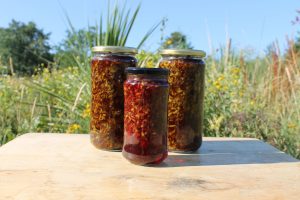
St John’s Wort salve
Some of the flowers go into olive oil and some coconut oil, to be left in the sun for a couple of weeks. The flowers in the olive oil go bright red and those in the coconut oil a pinky-red.
I add beeswax to the St John’s Wort in olive oil to make a salve that will travel and can be kept for a while. The St John’s Wort in coconut oil is excellent for burns, taking the pain out immediately and preventing blistering. Although most oils should not be used on a fresh burn, coconut oil is the exception as it has a cooling effect. It is also anti-microbial. Both salves can be used topically for nerve pain, arthritis, shingles or any kind of inflammation and can be used on open wounds. I prefer yarrow for open wounds, unless there is bruising as well, in which case I’d use St John’s Wort. It works just as effectively as arnica for bruising. It also relives sunburn and frostbite. I’ve read that some people have increased photo-sensitivity from using St John’s Wort, but I’ve not seen it in anyone myself.
I used St Johns Wort oil most spectacularly when I disturbed a wasp nest and was stung at least a dozen times and had a histamine overload.
I also keep some flowers dried flowers for tea on glum winter days.
Wild and local medicine
As I’m plugged into the Planetary Animal Mother, I take it for granted that She wants me to be well and happy and that She has provided everything I need within walking distance to make it so. Our ability to travel around and settle a long way from our indigenous homelands has made it harder for our mind-body systems, poisoned and attacked on so many fronts as they are, to access the innate self-healing with which we are endowed. However, my experience here supports the notion that, if you are able to return to your ancestral homelands, your health will improve and the local medicine will be better than anything you can buy. Especially if you make it yourself.
Surgical wound healing support with St John’s Wort
When our adopted dobermann Freya, was spayed the vets gave us a prescription for antibiotics, which we didn’t use. Instead I gave Freya coconut oil with St John’s Wort, yarrow and cannabis for the first few days and rubbed the St John’s Wort in coconut oil on her surgical wound. When we went back to the vet for her three-day check-up after the surgery, her temperature was normal and her wound was healing well with no sign of infection.
I used the St John’s Wort in coconut oil for the wound as it is anti-inflammatory and soothes nerves. She hardly licked the wound at all and it healed very quickly.
Unplug from the Grid
Controlling Oil
You May Also Like
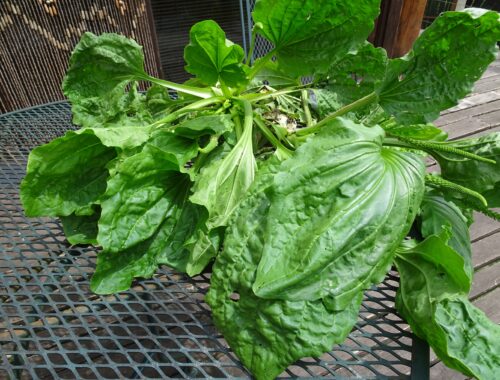
Plantain, the Scorpion and the Eagle
June 27, 2024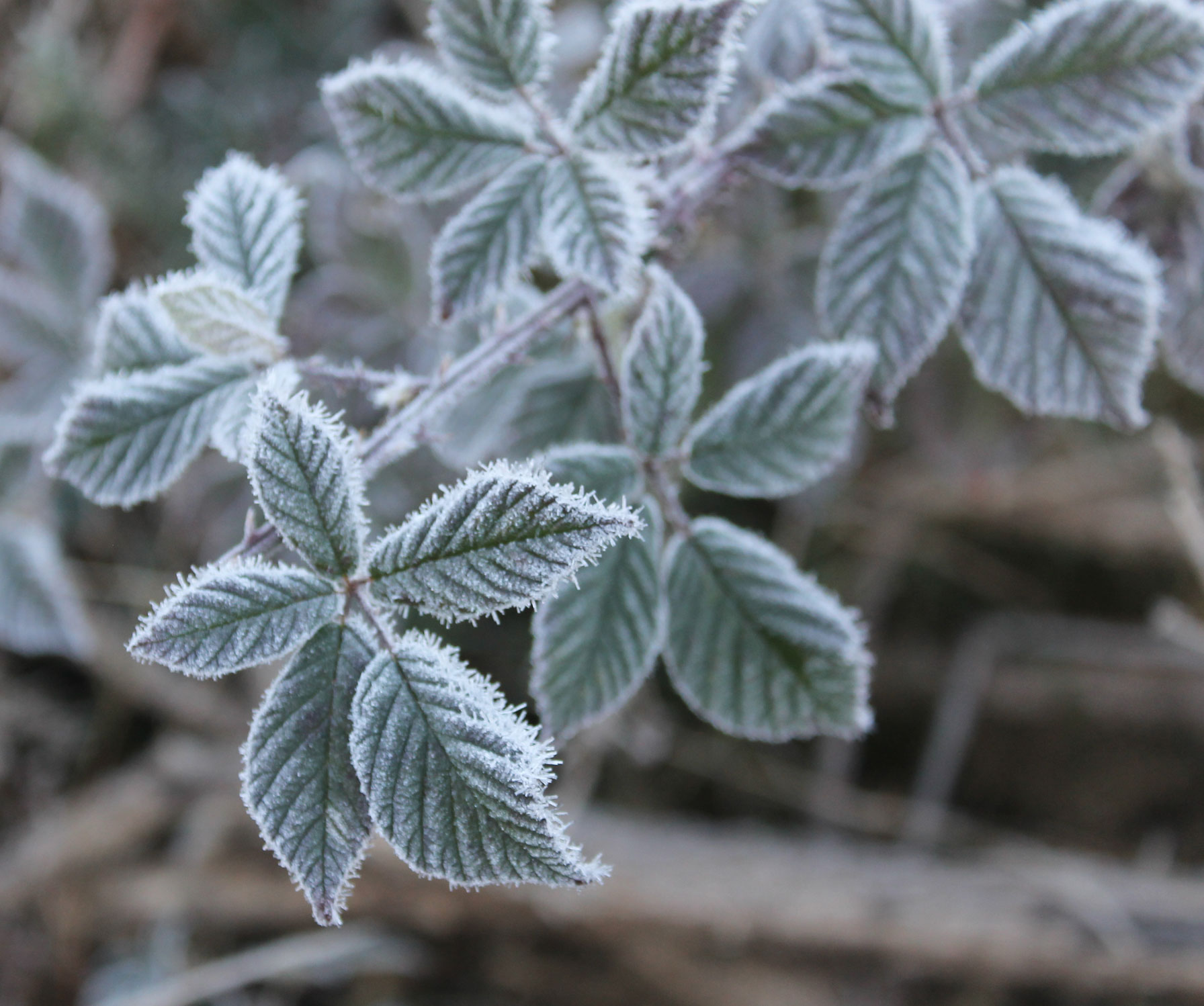
Nature Healing
July 18, 2014